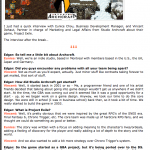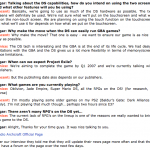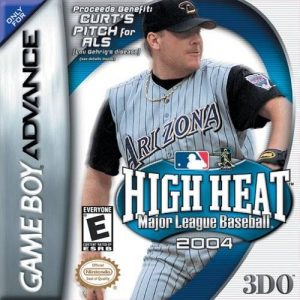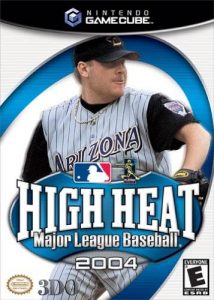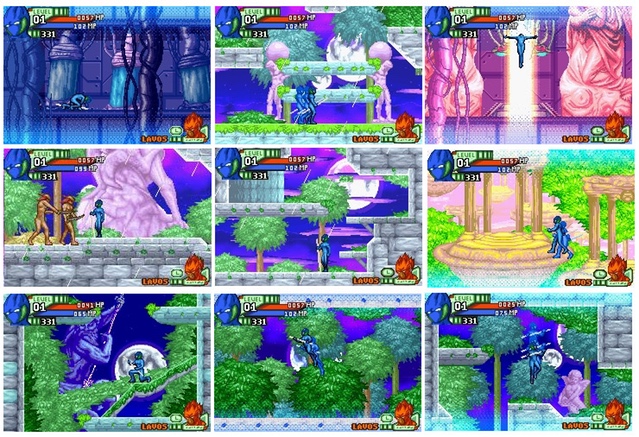Shining Star is a cancelled strategy game once in development for Game Boy Advance by Eworks Studios, conceived from an original idea by British producer Faraz Ansari, former leader of the now-closed studio Storm Entertainment.
In this military shooter players would control “Kool Shen”, a silent “one man army” with a dry sense of humor. Eworks Studios started working on Shining Star in 2005, planning to build a “proof of concept” to be presented to investors. Concept art was initially created by Bruno Covachã and Marco Vale, but later Tiago Pimentel became the main character designer for the project. Marco Leal was hired for a month to create sprites, while Vale was responsible for their animations.
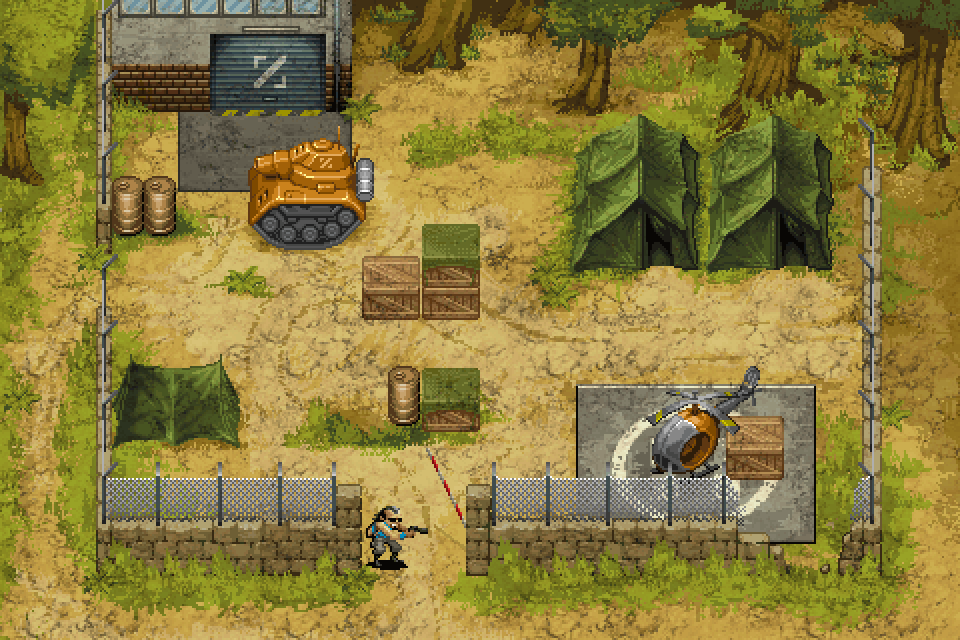
A playable prototype was developed by Eworks, a short demo in which you start in a deserted village in a south American jungle, and have to fight against your enemies using a shotgun, a pistol and some grenades. A few areas were available and in each level players would face different challenges in some sort of a maze, using obstacles in their favor to defeat enemy soldiers.
Two support characters would help players in their missions and explain the main goals. One of them was named “Shurk’n”, a war hero colonel with a very aggressive personality who would frequently lose control. The second character was named “Dragon Ash”, a woman commander who would give positive reinforcement and more confidence to players in a way that would be the opposite of the colonel’s.
According to the design document they wanted to develop an original and complex artificial intelligence to control the game’s enemies. An interesting concept of “action-reaction” was fully implemented in Shining Star’s prototype to make enemies to react to players’ movement and strategies. These enemies would following a “playbook”, a kind of database of different reactions (like throwing a grenade, moving, covering and so on) specific to each map that would be activated in a way that would simulate a tactical action against the player.
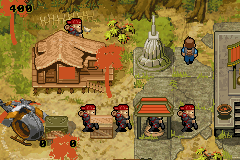
Artworks for the game were heavily inspired by Metal Slug, while Riviera was quoted as a reference for menus and graphics interface. Advance Wars was also a strong inspiration for the team, mainly for how dialogs and characters would have been shown.
Development of the prototype was filled with communication problems between the producer and the team. If this was not enough, the GBA was already at the end of its life-cycle, the Nintendo DS was already released but they were not able to get a dev-kit for the new console. Eworks Studios were able to complete their playable prototype, and to deliver it to the game’s producer.
Unfortunately they never found a publisher interested in their game and in the end the project was canned. Later Eworks Studios thought to rework Shining Star into a 3D game to be released on digital download, but it never happened.
In the gallery below you can see some concept art by Tiago Pimentel, concepts and pixel art by Marco Vale and also a few screenshots of a very early prototype also provided by Vale. Thanks to their time and help we were able to preserve these details, to remember the existence of this game that will never be.
If you know someone who knows what happened to Faraz Ansari, Storm Entertainment or the whereabouts of the playable Shining Star prototype please let us know!
Article by Jump/Error, original version in Portuguese on the Videogame PT Blog!
Images:


